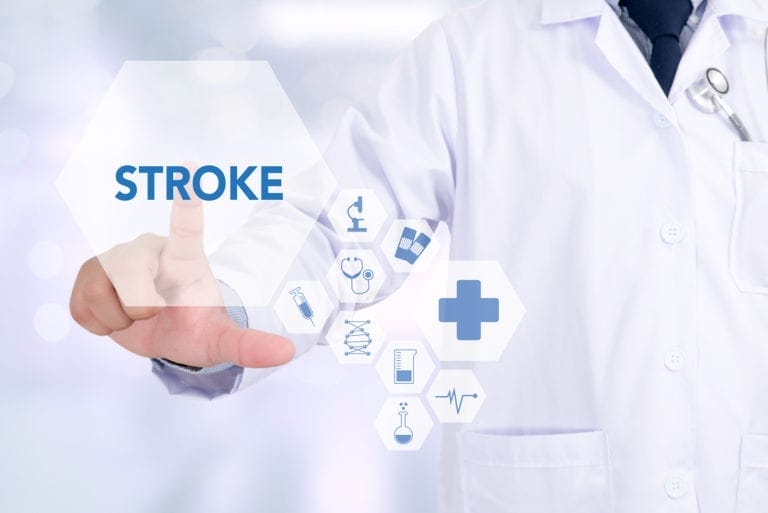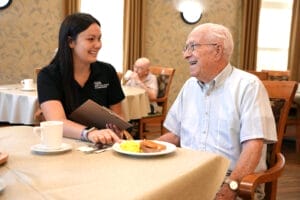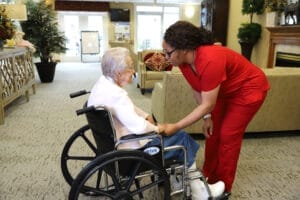Every 40 seconds, someone in the United States suffers a stroke. Infact, stroke is the leading cause of disability in adults, and is the fifth leading cause of death in the country. While some people are able to recover completely from a stroke, more than two-thirds of the survivors have some type of disability and will require ongoing rehabilitation. For some, stroke recovery is a lifelong process.
What is a Stroke?
A stroke, also called a “brain attack,” occurs when blood flow to an area of the brain is suddenly cut off. This can happen to anyone, at any time, and deprives the brain cells of oxygen, causing them to begin to die. The damage a stroke causes to an individual is dependent upon where in the brain the stroke occurred, as well as how many brain cells were damaged.
This means someone who suffers a small stroke may only suffer temporary problems, like weakness in the arms and legs. However, someone who had a larger stroke could become permanently paralyzed on one side of the body or lose the ability to speak.
A doctor can help evaluate your risk for stroke, as some of the uncontrollable factors include:
- Age – although stroke can occur at any age, those 65 and older are at a higher risk
- Race – African-Americans are at an increased risk
- Gender – more men than women have strokes, but women suffer more damage
- Family history
Your lifestyle and habits can also play a role in increasing your risk for stroke. However, it’s important to note that up to 80 percent of strokes are preventable.
Warning Signs of Stroke
Recognizing the warning signs of stroke is key to ensuring medical help is administered as soon as possible. For every minute that a stroke goes untreated, an individual will lose around 1.9 million neurons while the blood flow is being restricted to the brain.
The American Stroke Association recommends using the acronym F.A.S.T. to recognize some of the most common and sudden stroke symptoms. Being able to spot the signs will allow you to contact 911 immediately so proper treatment can begin. F.A.S.T. stands for:
F – Face drooping. Ask the individual to smile and take note if one side of his or her face droops or appears uneven.
A – Arms. Have the individual raise both arms. Does one arm appear weak and drift down? Is one arm numb?
S – Speech. Tell the individual to repeat an easy sentence, such as “The sky is blue” or “Mary had a little lamb.” Note if his or her speech is slurred or if repeating the sentence is too difficult.
T – Time to call 911. If any of the above stroke symptoms are displayed, call for help right away. Even if the symptoms appear to go away, it’s vital to get checked out. Also, make a note of the time the symptoms started, as the hospital staff will need that information.
Other signs of stroke include numbness or weakness in the face, arm or leg, especially on one side, trouble with communication (speaking, understanding people), difficulty seeing out of one or both eyes, dizziness, balance and coordination issues, and a severe headache that comes on suddenly.
Remember, every minute counts. If you think you or a loved one is displaying the signs of a stroke, don’t take any chances. Call 911 immediately.
American Senior Communities has a variety of senior healthcare services available throughout our locations. Contact us today to request more information.



